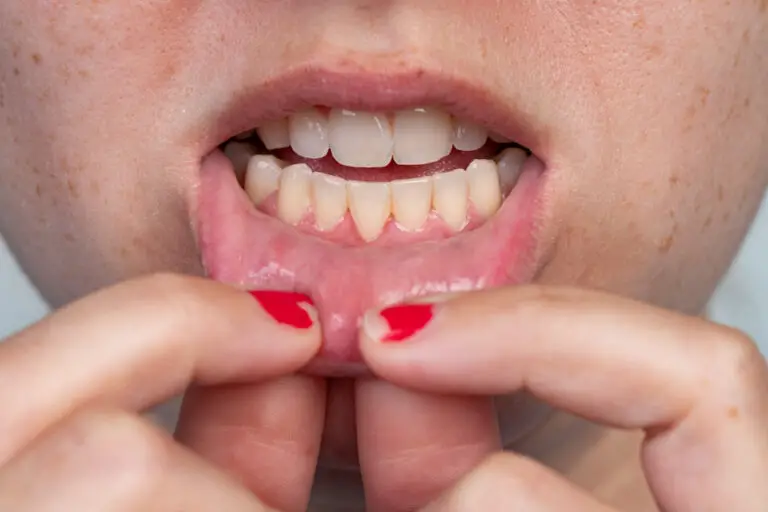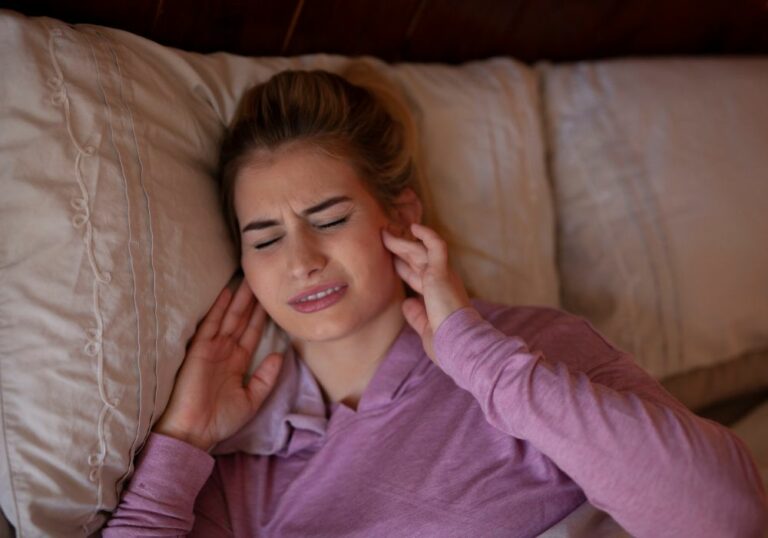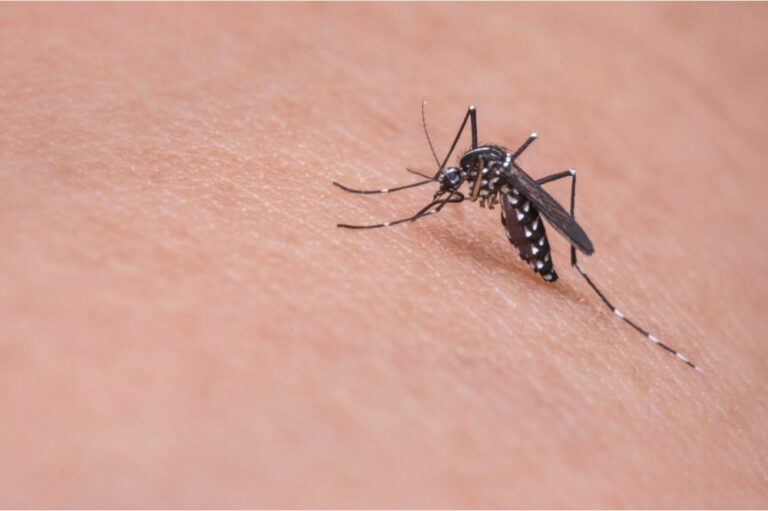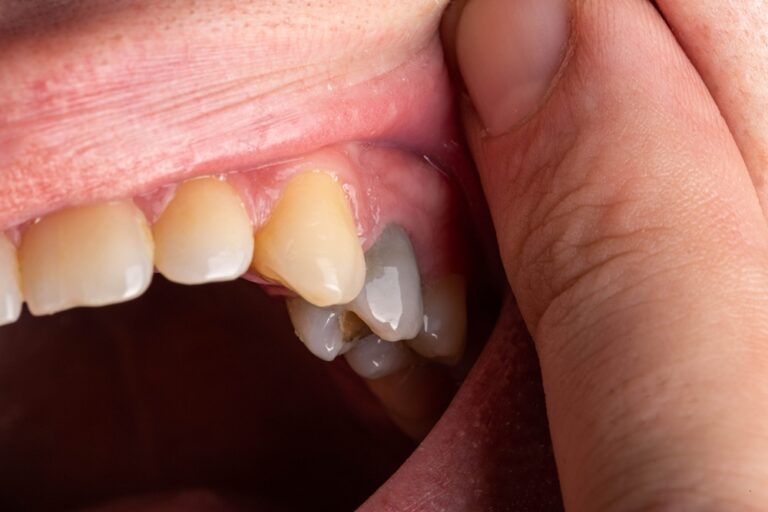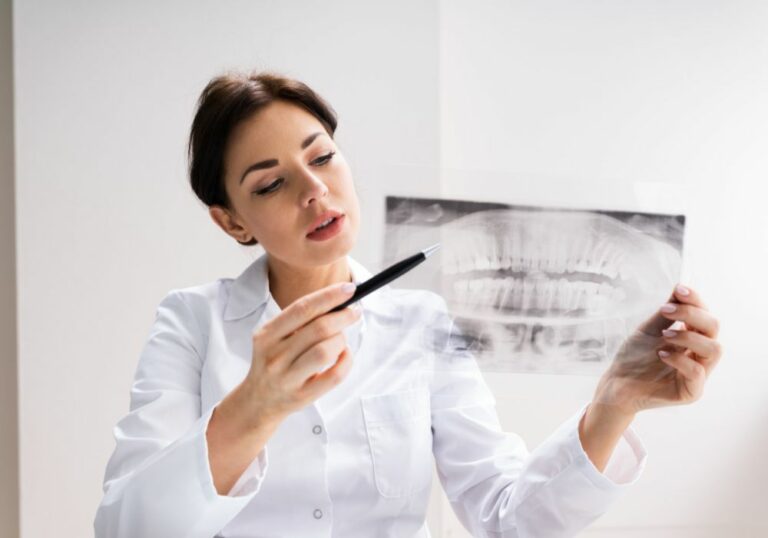Having bright, white teeth has become an obsession for many Americans. Gleaming smiles are held up as the ideal, influencing perceptions around beauty, health, status and confidence. But why did pearly whites become so prized in American culture? There are several intertwining factors.
Historical Origins
The association between white teeth and privilege arose in 18th century England. At the time, sugar started becoming available as a luxury import. The wealthy could afford it, but without proper dental hygiene, sugar consumption led to rampant tooth decay. Rotting and stained teeth became a mark of the lower classes who could not access primitive dental care.
The English upper classes, by contrast, had knowledge of basic tooth extraction and cleansing methods which helped maintain whiter teeth. When American colonies like Virginia, New York and Massachusetts were settled by British nobility and merchants, they brought with them the class associations of white teeth. Good dental care was seen as a sign of status, wealth and sophistication in the New World.
During the 1700s and early 1800s, rudimentary dentistry knowledge also gradually disseminated to affluent merchants and plantation owners. Tooth extractions and cleanings became a way for the American elite to mimic European aristocracy and differentiate themselves from the poor.
By the mid-1800s, American dentists began experimenting with more advanced procedures. Nitrous oxide anesthesia helped popularize extractions and preparation of dentures. The installation of false teeth crafted from ivory or porcelain became a status symbol among the upper-middle class. They allowed the wealthy to flash perfect smiles that appeared natural and healthy.
Rise of Hollywood
The film industry greatly accelerated America’s obsession with gleaming white teeth during the 20th century. As motion pictures emerged in the 1920s, actors appeared larger than life on the silver screen. Movie studios tightly controlled the image of their stars. Actresses would bleach their teeth using rudimentary home treatments like lemon wedges, baking soda or charcoal. Proto-dentists called “toothologists” removed flaws and shaped teeth for the camera.
When “talkies” began incorporating recorded dialogue in the late 1920s, the perfect “Hollywood smile” became cementted as the ideal. Having a photogenic, beautiful smile was no longer optional – it was essential for being a leading man or lady. Even small imperfections became glaring to audiences with the added scrutiny of sound in pictures.
As color films grew popular through the 1930s and 40s, the appeal of pearly whites intensified. Stars increasingly whitened and straightened their teeth. On-screen close-ups of radiant celebrity smiles promoted the allure of picture-perfect teeth. Julia Roberts, Tom Cruise and other contemporary A-listers later inherited America’s celebrity-fueled dental obsession.
Rise of Consumerism and Cosmetic Dentistry
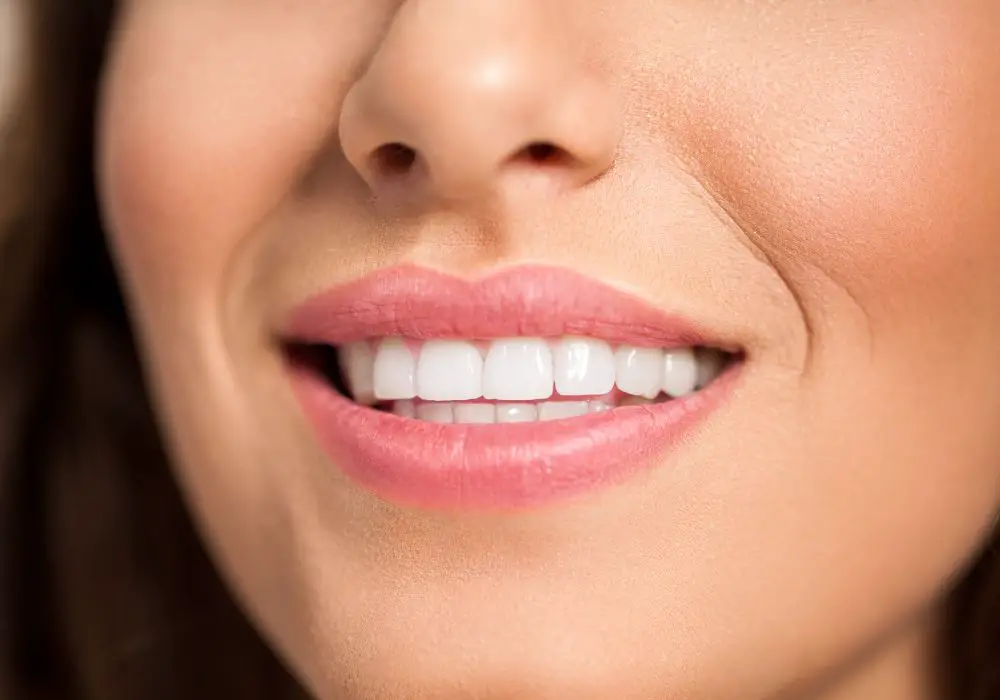
During the 1970s, advancements made teeth whitening procedures faster, cheaper and more effective. By the 1980s, consumer culture and advertising campaigns amplified America’s fetish for pearly whites. Toothpaste brands rolled out specialized whitening formulas with polishes and chemical abrasives to buff away stains.
Over-the-counter bleaching gels, rinses and whitening kits also hit store shelves, promising whiter smiles in weeks. These products often featured models with glowing ultra-white grins, conveying the message that whiter was more beautiful. Dentists also increasingly offered cosmetic procedures like veneers and teeth bonding to reshape and artificially whiten smiles.
Marketing for dental products and services tapped into consumer desires for self-improvement. Having bright white teeth was framed as a way to bolster self-esteem and confidence. Purchasing whitening goods and professional lightening treatments offered a sense of control over one’s appearance.
Americans were drawn to the idea that they could easily emulate the dazzling smiles of Hollywood stars at home. By the 1990s, teeth whitening had exploded into a multi-billion dollar industry. For many, ultra-white teeth became a beauty must-have.
Psychology of White Teeth
Beyond surface appearance, America’s preference for pearly whites is grounded in cultural values and psychology. White teeth are associated with youth and vigor. As we age, enamel thins and yellowish dentin shows through, causing natural discoloration. Americans seeking white teeth are often chasing a more youthful, vibrant image.
Whiteness is also tied to perceptions of health. Stains can be indicative of smoking, poor hygiene, or medical issues. Discoloration or missing teeth are sometimes judged as signs of poverty, neglect or moral failing. In reality, natural tooth shade varies widely and does not inherently signal health or character. But engrained biases cause many to equate white teeth with clean living.
There is also a moral dimension to America’s dental fixation. A perfect white smile symbolizes self-control, discipline and conformity to social expectations around beauty and etiquette. Investing in whitening or braces represents a commitment to strict dental care. Straight, camera-ready teeth indicate someone is polished and put-together.
Beyond the psychological draw, seeking white teeth can be motivated by very pragmatic aims. Physical appearance has concrete economic impact. A 2005 survey showed 74% of Americans felt an unattractive smile could hurt career prospects. So people bleach to appear more competent, professional and employable. Whitening offers no real health benefit, but the image of success projected by a glowing grin is hard currency in American culture.
Problems With Whiteness
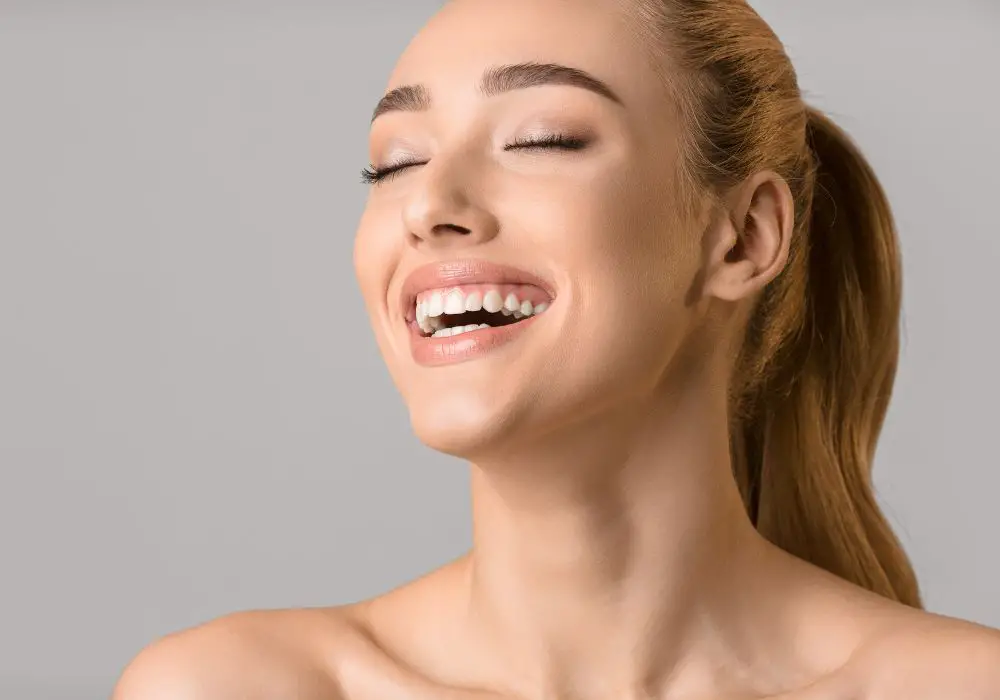
The impulse to pursue bleached perfection also exposes troubling undercurrents. America’s beauty standards have long centered whiteness. Porcelain white teeth reinforce Eurocentric imagery where paleness signifies purity, innocence and virtue. Tanning and cosmetics that preserve “whiteness” remain prevalent as well.
There are also ethical issues around the whitening market’s amplified insecurities to generate billions in profits. Dentists have raised concerns about caustic chemical treatments that erode enamel long-term and increase tooth sensitivity. Excessive use can literally bleach the life from teeth, but can sound benign when marketed as giving a “bright new smile.”
And while whitening promises a confidence boost, abusing treatments in pursuit of impossible perfection tends to damage self-esteem further. When off-white is the norm, anything less than a perfect Hollywood smile can feel unacceptable. This fosters a preoccupation with minute “flaws” and constant efforts to hide imagined imperfections. Ironically, whitening to blend in and avoid ridicule can amplify anxiety around dental appearance.
Looking Ahead
Demand for pearly whites remains high in America as whitening is both normalized and more affordable than ever. But there are small signs of shifting attitudes. Younger generations display greater diversity and acceptance around how people present themselves. While still influential, traditional beauty ideals hold less sway over notions of self-worth. And some have called out the more toxic aspects of whitening.
Overall, America’s dental hang-ups will likely persist given decades of cultural conditioning. Ingrained social biases and cosmetic marketing continue stoking the fixation on white teeth. But emerging social awareness and new role models could slowly broaden beauty perspectives. With more voices speaking up around America’s complex relationship with teeth and colorism, the pearl-white ideal may gradually dim over time.
Frequently Asked Questions
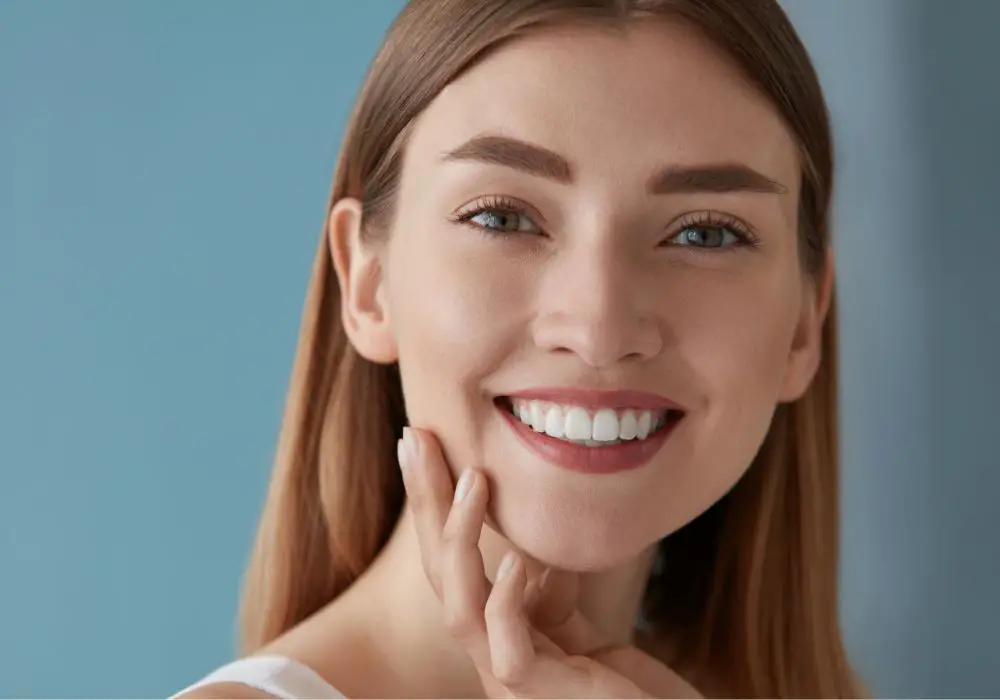
What makes teeth turn yellow?
Teeth naturally yellow over time as inner dentin shows through thinner enamel. Staining from food, drinks, smoking and medications also discolors enamel. Aging, enamel erosion and antibiotic side effects can yellow teeth too.
Are stains and yellowing bad for your teeth?
Surface stains are generally harmless, but some habits that discolor like smoking can damage dental health. Yellowing is natural with age, but extreme darkening could indicate decay or nerve damage. Overall tooth shade alone does not determine tooth health.
How fast do whitening treatments work?
In-office power bleaching yields dramatic results in 1-2 hours. Over-the-counter methods lighten gradually over 1-2 weeks. Effects last roughly 6-12 months before touch-ups needed as discoloration returns.
Can whitening harm your teeth or gums?
Whitening side effects like sensitivity or sore gums are usually temporary, but overuse can damage enamel and irritate gums. Excessive whitening could increase long-term tooth wear and recession. Consulting a dentist minimizes risks.
Do whitening products really work?
Most produce moderate lightening with careful use. In-office treatments are strongest, but custom trays or Whitestrips offer more gradual brightening over time. Results vary based on discoloration type and persistence. Unrealistic “instant white” marketing claims should be viewed cautiously.

